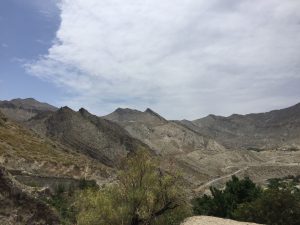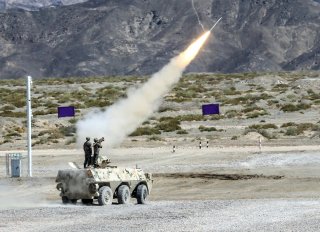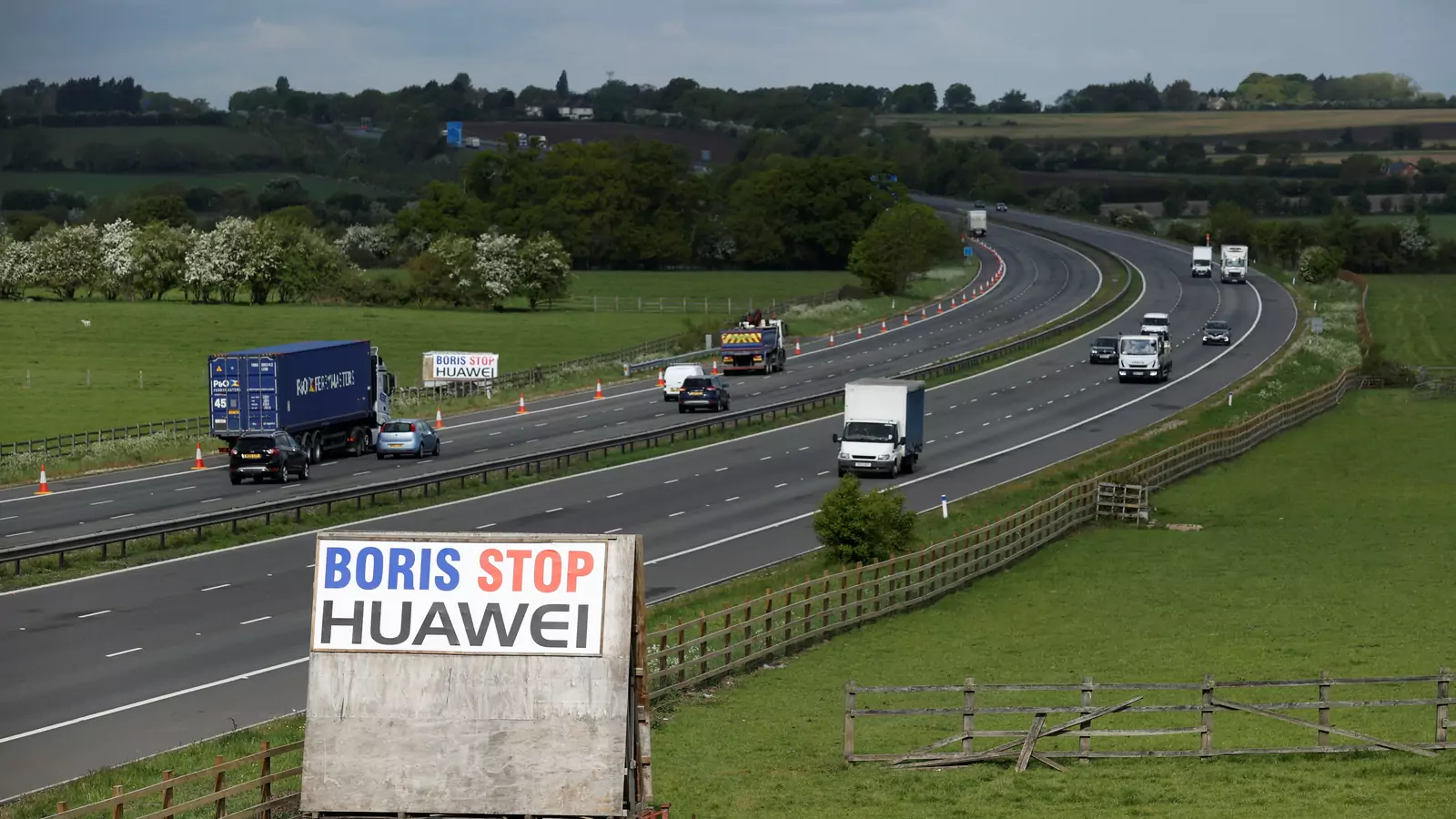CARL BILDT
STOCKHOLM – By reconverting the Hagia Sophia into a mosque and holding celebratory prayers there for the cameras, Turkish President Recep Tayyip Erdoğan seems keen to divert attention from the fact that his country is entering a new phase of acute political and financial turmoil.
The Hagia Sophia dates to the sixth century, and for almost a millennium was one of the Christian world’s most magnificent and well-known churches, carrying forward the traditions of both the Roman and the Byzantine Empires. It was first converted into a mosque when the Ottomans conquered Constantinople in 1453, but was then fashioned into a museum by modern Turkey’s founding father, Kemal Atatürk, following the collapse of the Ottoman Empire in World War I.
Atatürk sought to create a secular Turkey that could flourish in the modern world. That required bridging historical divisions, which meant that the Hagia Sophia would be neither a church nor a mosque. As a museum, it would attract visitors from around the world, serving as both an embodiment of Turkish history and a symbol of forward-looking cosmopolitanism.
By overturning Atatürk’s founding vision in this respect, Erdoğan is trying to signal a fundamental change in direction for the country. After all, it is not as though Istanbul suffers from a scarcity of massive, magnificent, historically significant mosques. Those designed by the Ottoman master architect Sinan reside just nearby.
 Immediately after the first gulf war in the early 1990’s the theories of Revolution in Military Affairs (RMA) and Information Warfare were being studied all over the world as a new kind of warfare. During that time, a course on Information Warfare was conducted at the National Defense University of USA. The course participants were from senior officers of the armed forces, representatives of Department of Defence and Department of State and policy makers from the government. Rand Corporation of US was conducting this course. Continue reading.......
Immediately after the first gulf war in the early 1990’s the theories of Revolution in Military Affairs (RMA) and Information Warfare were being studied all over the world as a new kind of warfare. During that time, a course on Information Warfare was conducted at the National Defense University of USA. The course participants were from senior officers of the armed forces, representatives of Department of Defence and Department of State and policy makers from the government. Rand Corporation of US was conducting this course. Continue reading.......










/cloudfront-us-east-1.images.arcpublishing.com/mco/UDK66CTJERDGRIDVCMDWMKCF5U.jpg)

